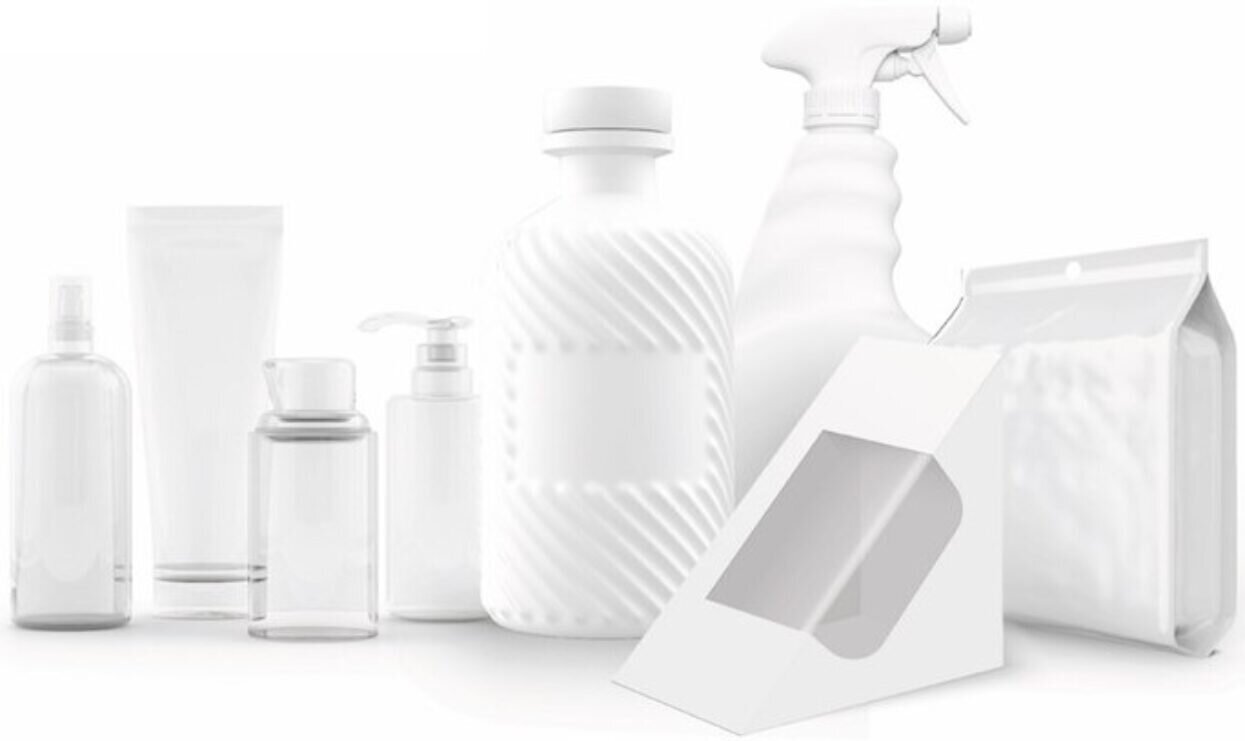
Nessan Cleary shares some of the best CAD programmes that are suitable for large format printers particularly for creating retail displays and exhibition stands.
It’s relatively straightforward to create a design for a flat object such as a poster or a banner, but much more challenging when you’re working on a three-dimensional item, such as point-of-sale display or a pop-up stand. You need to be able to see it both as a flat sheet that can be printed as well as the finished item, which takes a degree of skill and experience plus, of course, decent software.
There are a number of different CAD programs around, that can create the 3D objects, and map graphic designs onto those objects, plus a 3D viewer to check the integrity of that object, and that all the folds and glue flaps are in the right place.
Esko, for example, makes ArtiosCAD, which has long been one of the most popular programs in this class with brands, sign and display companies and packaging converters. It’s been written specifically for designing 2D and 3D structures, including point of sale displays and boxes. It has an extensive library of templates that can be used as a starting point to help turn designs around quickly. This now includes the complete 12th edition of FEFCO codes for corrugated design styles from the European Corrugated packaging association, which provides a base for customers and designers to work from.
The latest version also has new tools to optimise the layout of parts on a sheet in order to reduce any material wastage. It can create virtual prototypes to check the structural feasibility of the design, and has a preflighting feature to catch any potential errors. Naturally it can also be integrated with other design programs such as Adobe Illustrator.

The iC3D Modeller is a toolkit for modelling packaging designs
The main competition comes from Hybrid Software, which has developed a range of packaging production software. This is complimented by iC3D design software, which the company acquired a few years ago. This allows designers to generate virtual 3D mock-ups on the fly to ensure that the graphics will fit the object, including shrink-wraps on items such as bottles. It’s based around a SmartMesh concept that allows labels and graphics to be placed on top of 3D objects and to snap into place without any further mapping.
It includes a large library of templates for producing models of 3D objects such as folding cartons and freestanding displays as well as a library of materials and textures for realistic simulations. There are various modules that support specific types of packaging, such as boxes and sealed shrink bags as well as labels.
It’s sold as a complete Suite that includes all of the features and modules but there are also three limited editions – Select, Designer and Modeller – which each offer a selection of the main features at lower cost. This includes ray tracing and PDF editing, as well as a link to Illustrator.
The British company Arden Software has developed a CAD design program called Impact, which is available in two versions – Impact for Designers and Impact for Die-makers. The Designer version is aimed at both packaging and point of sale displays. It includes a large library of existing packaging designs that act as a starting point, including both Corrugated designs from the European FEFCO corrugated manufacturers federation and folding carton from ECMA European Carton Makers Association.
There are interactive drawing tools to build up a design and optimise the layout to minimise media wastage as well as geometric constraint tools, which are more commonly used within CAD software in industries other than packaging, such as architectural or Mechanical CAD. It can import designs from other programs and can generate 3D samples for soft proofing. The software can be used by teams working across different sites, and even in different languages.
Arden itself grew out of a company that specialised in making dies so there is also a version specifically for tool and die makers. It includes the same basic features but with a slightly different approach to the template library and design features that reflects the different market.
AG/CAD, which also sells the Dyss range of digital cutting tables, has developed KaseMake packaging design software. It includes a library of design templates, including those from FEFCO and ECMA as well as for various types of point of sale displays and exhibition stands. Users can pick the design that they want and then enter the parameters for a given job and the software will automatically generate the design with the right sizes. It also allows the artwork to be linked to the design and optimises the material layout on the sheets plus generating a virtual 3D model for soft proofing.
It features parametric design tools, where the design is based around feeding the basic parameters such as sizing into algorithmic tools rather than freehand drawing. The idea is to ensure the structural integrity of the 3D object and eliminate possible human error.
AG/CAD runs a service where it will create bespoke designs for users, and customers can also test the software for free for up to 14 days.
TreeDiM bills itself as making eco design software for the packaging market. There are two main offerings, Picador and PLM Pack. Of these, Picador is a modular CAD software for packaging and point of sale displays. It includes a library of templates based mainly around the FEFCO and ECMA codes. This is backed up by drawing and parametric design tools, plus imposition tools for setting fold, perforation and cut lines. The designs start off in 2D and are then converted to 3D, complete with folding and unfolding 3D animations to check the integrity of the design. It can import graphics from most common design programs, including CorelDraw and Illustrator, as well as CAD objects and textured models. It has a separate module for controlling cutting tables. It even features logistics optimisation such as how to load the finished box design on a pallet.
PLM Pack is more of a framework for managing a complete packaging supply chain, from choosing more eco-friendly materials through to logistics and shipping.
Packmage Technlogy, which is based in China, has developed business automation software as well as the Package CAD program for packaging. There are two different versions, with one running under Windows and the other operating over a browser. It includes a large library of design templates though these mostly appear to be based on international rather than European standards. It also includes parametric design tools. It can also generate a virtual 3D object for softproofing.
Packmage also sells a CAD editor API that could be integrated into a web to print website so that customers could complete their packaging online.
In conclusion, there’s a fairly good choice of different CAD programs and the choice largely comes down to what fits best with the systems that your customers are using.